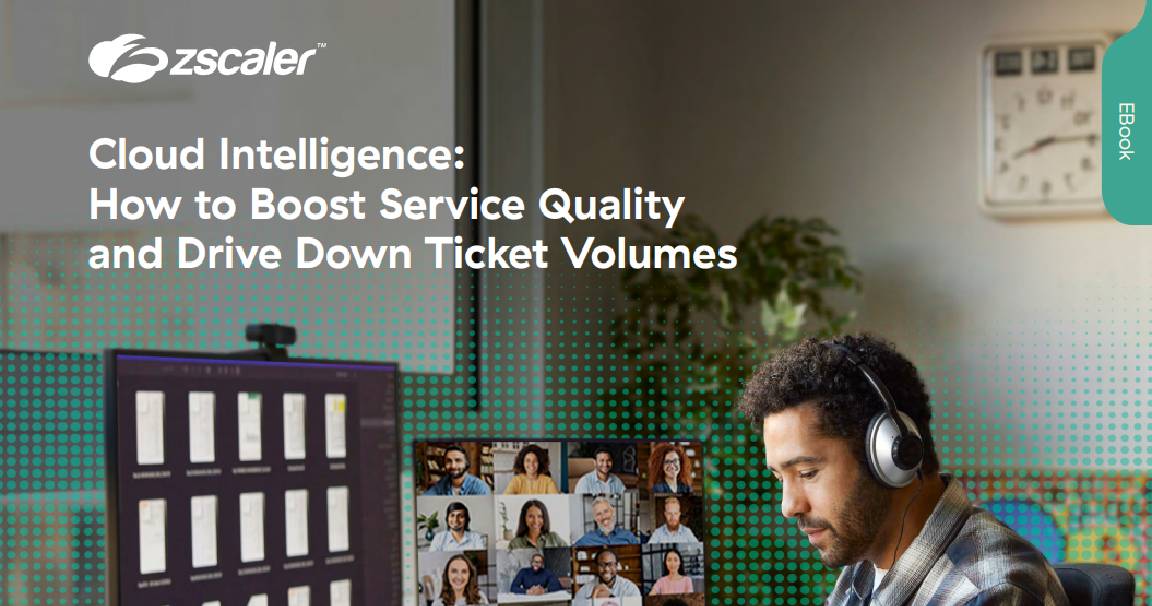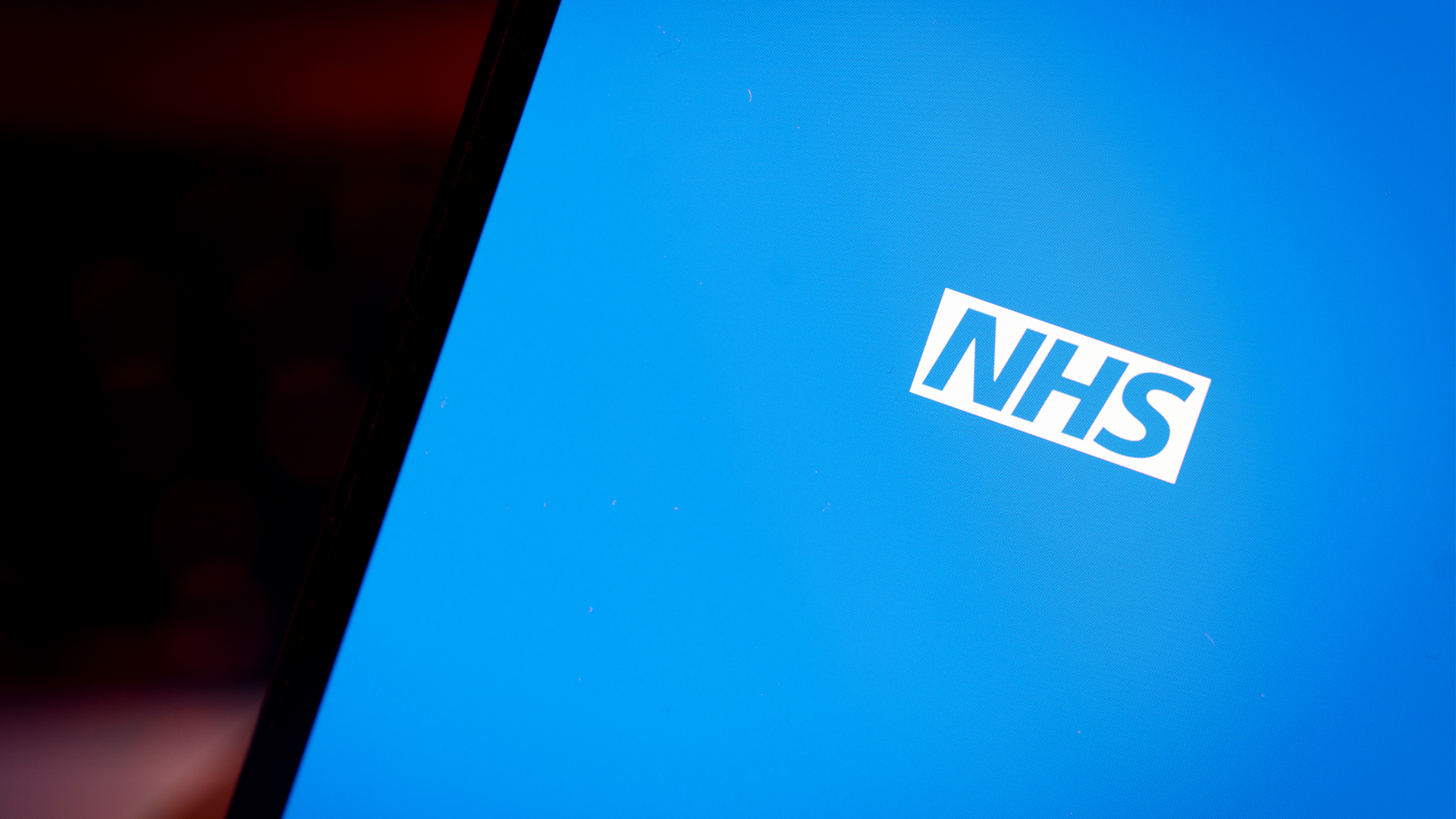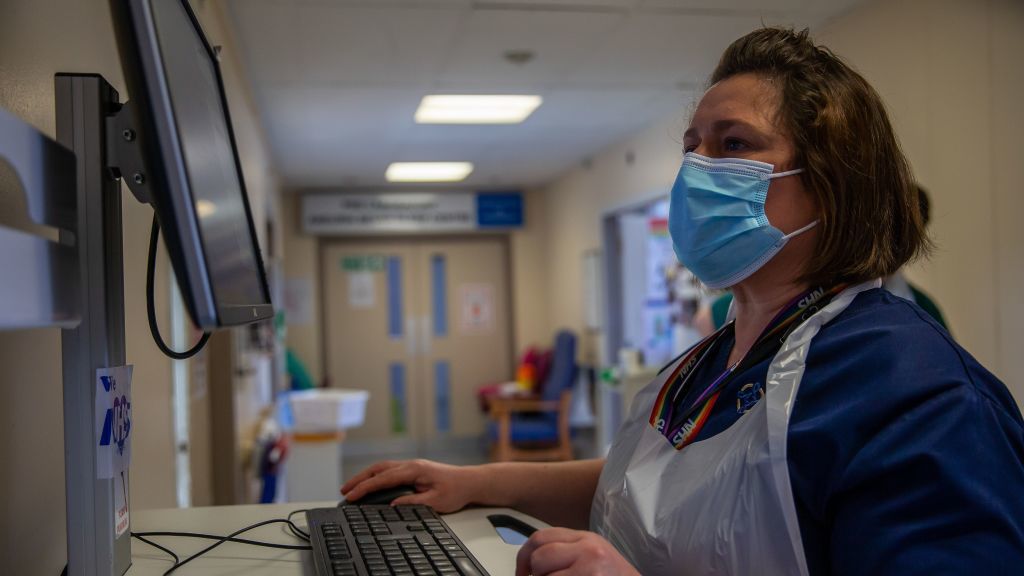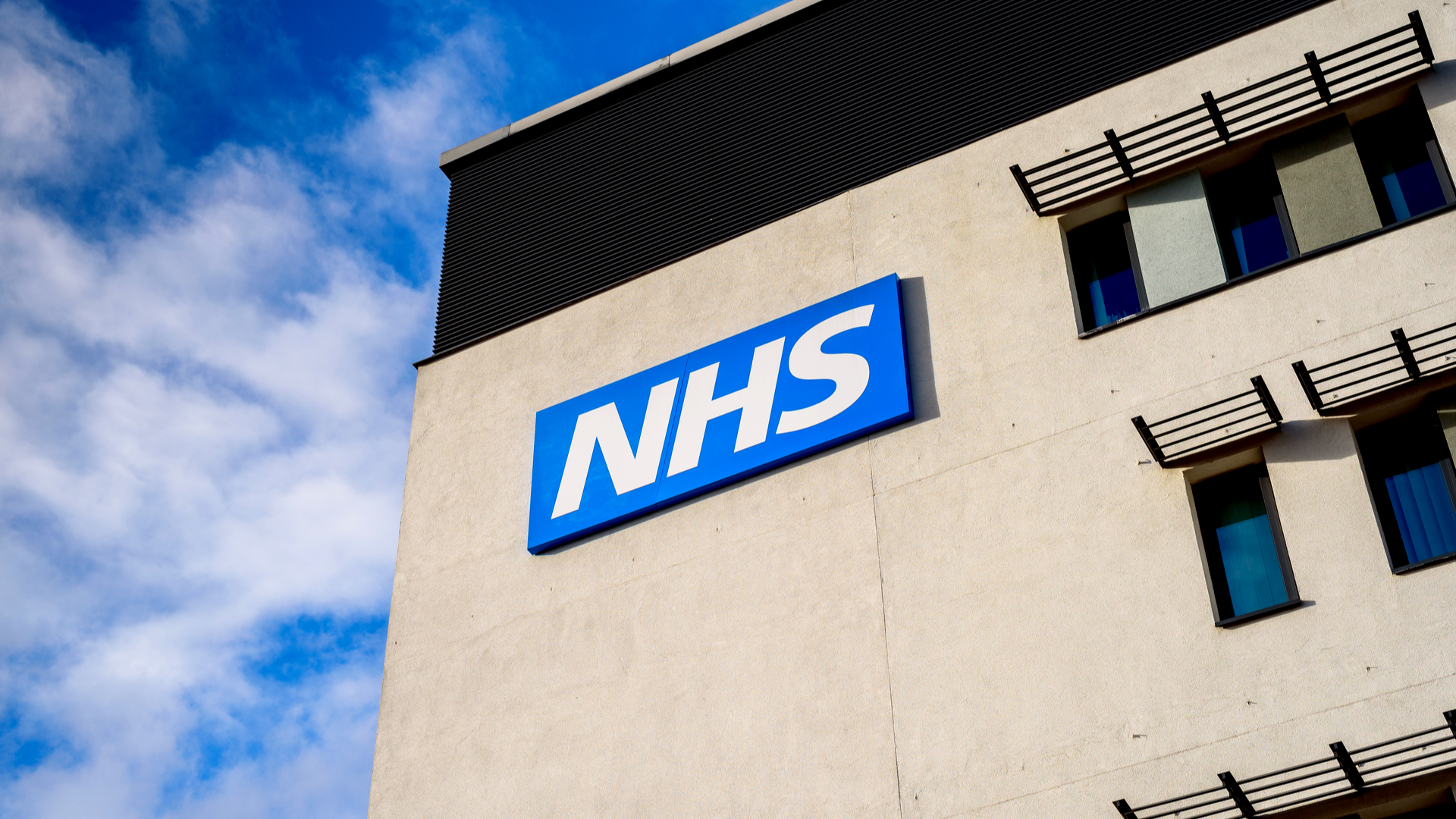How digital experience management helped an NHS trust improve productivity
Princess Alexandra Hospital NHS Trust used digital experience management to cut device failure and restore time to clinicians


Like many hospitals in the UK, Princess Alexandra Hospital NHS Trust has long relied on dated infrastructure, including aging desktops and clinical systems. As this legacy tech grew unstable, clinicians were plagued by system crashes and the blue screen of death which disrupted their ability to access key healthcare applications and data.

Without visibility into the scale and root causes of these pervasive issues, the Trust's IT team struggled to prevent and quickly resolve the infrastructure failures impacting clinician productivity and patient care.
"I came from the private sector into local authority, then into the NHS and it was like stepping back 10 years in time,” says Jeffrey Wood, deputy director of ICT at The Princess Alexandra Hospital NHS Trust.
“So for me, it was a case of ‘there's a lot of technology out there’. There's a lot of information that we don't have.
"We had something like 65% of our equipment that was seven years or older. And we also had a significant number of issues in the trust, which meant I thought about 85% to 90% of our work was fighting fires and about 10 to 15% innovation."
Wood’s team needed advanced monitoring capabilities to proactively identify problems with hardware used by healthcare staff. By detecting performance bottlenecks and infrastructure faults as they arose, the IT team wanted to eliminate barriers to productivity and continuity of care. Princess Alexandra set a goal to restore clinician time lost to technical difficulties — time better spent delivering high-quality patient outcomes.
Deploying digital experience management for unified IT insights
To achieve better visibility into its users’ devices across its infrastructure, Princess Alexandra selected Riverbed’s Alluvio Aternity. As Wood explains, this “digital experience management (DEM) solution” uses "a client on the devices, and it collects data based on a number of different benchmarks."
Sign up today and you will receive a free copy of our Future Focus 2025 report - the leading guidance on AI, cybersecurity and other IT challenges as per 700+ senior executives
The technology delivers real-time monitoring of clinical workflows, devices, and apps to detect emerging issues before they disrupt care.

Unify monitoring silos across devices, networks, and apps with a single solution
DOWNLOAD NOW
Through close collaboration with Riverbed, Princess Alexandra rolled out Alluvio Aternity across all clinician endpoints, including 4,000 desktops and 2,400 mobile devices. With insights from the DEM technology, the Trust's IT team gained an accurate picture of performance across the stack. As Wood states, he "happened to go to a presentation that Riverbed did that shows what the tool could do, how we could use it." From unstable apps to crashing operating systems and slow networks, the product was able to shed light on the sources degrading clinician productivity hospital-wide.
Armed with this unified view, Princess Alexandra could then take targeted actions, from remediating application errors to network intelligence (NI). With pervasive visibility as the foundation, the IT team could fulfill the Trust’s mission to deliver seamless IT experiences that empower rather than hinder patient care.
Measurable improvements in productivity and care
With real-time insights from Alluvio Aternity, Princess Alexandra Hospital NHS Trust was able to rapidly restore clinician productivity and availability for patient care. As Wood says, "We went down from 967 blue screens of death to about 211. So that's a huge cost saving in itself for us."
In the first year with Alluvio Aternity, the Trust regained 700 hours per quarter of clinician time previously lost to IT issues. By proactively identifying and resolving infrastructure bottlenecks, nurses, physicians, and other care providers could fully focus their hours on delivering outcomes for patients.
This time savings came alongside a 99% reduction in the volume of service desk tickets, freeing IT teams from repetitive infrastructure troubleshooting. Clinical systems demonstrated improved stability and uptime as well.
With Alluvio Aternity empowering data-driven decision-making when it came to hardware upgrades, the Trust realized substantial IT cost optimizations. As Wood explains, "Before we used to have an age-based refresh. We're now procuring based on performance." Over a five-year period, Princess Alexandra is projected to achieve £2.5-3 million in savings, funds that can be reallocated to enhancing frontline care.
Overcoming implementation obstacles with dedicated resources
While deploying the Alluvio Aternity software itself was straightforward using existing tools like Microsoft System Center Configuration Manager (SCCM), Princess Alexandra encountered familiar challenges in the post-implementation phase. As Wood explained, "What we found, or what I found, is that we weren't then using it. You know, you have to focus on the tool and say, right, actually, I need to analyze this data and decide what I'm going to do with it."
To maximize adoption and impact, Wood knew the IT team needed to take ownership. He assigned a dedicated team to work on this for a six-month period Having this focused team was critical to push past the initial learning curve.

As Wood reflects, "The first six months is hard work. You need to concentrate in on it, you need to focus on it, and you need to find what works best for you." By powering through the steep learning curve with dedicated staffing, Princess Alexandra was able to realize the potential of the software.
Lessons learned for healthcare IT leaders
The digital transformation at Princess Alexandra Hospital NHS Trust holds key lessons for healthcare providers globally working to enhance clinician productivity. Digital experience is vital for success and IT leaders must make end-to-end visibility into employee digital experiences a top priority. Without unified monitoring capabilities, infrastructure blind spots will continue to hamper care provider productivity and patient outcomes.
"I would say digital experience monitoring is so key because the end user will often not tell you that there's a problem, Wood explains."
Proactive monitoring and remediation are equally critical, Wood says, as these allow you to identify patterns and address bigger pain points. The volume of digital experience data can be overwhelming, but leveraging artificial intelligence (AI) and automation for data analytics can help surface and resolve the most urgent infrastructure threats in real-time.
With comprehensive visibility and proactive optimization now established as healthcare IT best practices, the Princess Alexandra Hospital NHS Trust is poised to further its mission of delivering seamless, technology-empowered experiences for clinicians and patients alike.
Rene Millman is a freelance writer and broadcaster who covers cybersecurity, AI, IoT, and the cloud. He also works as a contributing analyst at GigaOm and has previously worked as an analyst for Gartner covering the infrastructure market. He has made numerous television appearances to give his views and expertise on technology trends and companies that affect and shape our lives. You can follow Rene Millman on Twitter.
-
 Researchers claim Salt Typhoon masterminds learned their trade at Cisco Network Academy
Researchers claim Salt Typhoon masterminds learned their trade at Cisco Network AcademyNews The Salt Typhoon hacker group has targeted telecoms operators and US National Guard networks in recent years
-
 HPE says unified channel strategy won't force Juniper partners to generalize
HPE says unified channel strategy won't force Juniper partners to generalizeNews Does the company embrace specialists or want a full portfolio push? The answer, it seems, is both
-
 NHS leaders are keen to adopt new digital tools, but IT can't solve problems on its own
NHS leaders are keen to adopt new digital tools, but IT can't solve problems on its ownA survey of healthcare decision-makers finds they believe IoT devices and electronic health recording could help them reach more patients quicker
-
 How a paperless approach cut wasted staff hours at Bradford Teaching Hospitals Trust
How a paperless approach cut wasted staff hours at Bradford Teaching Hospitals TrustCase study Through DrDoctor’s digital portal for patient appointments and advice, the Rheumatology team at Bradford Teaching Hospitals NHS Foundation Trust has dramatically cut
-
 Healthcare’s next chapter
Healthcare’s next chapterwhitepaper Revolutionizing how you care with EPR experts you can trust
-
 Will the NHS Federated Data Platform transform UK healthcare?
Will the NHS Federated Data Platform transform UK healthcare?In-depth Plans to create a data platform in partnership with the private sector could revolutionize NHS treatment, but concerns over data privacy and security are festering
-
 NHS IT issues costing doctors more than 13 million hours annually
NHS IT issues costing doctors more than 13 million hours annuallyNews Doctors warn that ageing IT infrastructure is impacting patient care and clinical outcomes
-
 Automation is helping the NHS clear its patient backlog, but not as quickly as expected
Automation is helping the NHS clear its patient backlog, but not as quickly as expectedAnalysis The healthcare service's big bet on robotic process automation is making 'impactful' but slow progress
-
 DHSC sets out ambitious targets for NHS App by 2023, beyond
DHSC sets out ambitious targets for NHS App by 2023, beyondNews Ongoing NHS digitisation efforts will form backbone of the new system
-
 Gov 'forced into major U-turn' on NHS deal with Palantir, privacy group claims
Gov 'forced into major U-turn' on NHS deal with Palantir, privacy group claimsNews Open Democracy claims victory despite dropping its lawsuit
